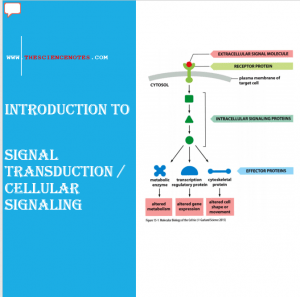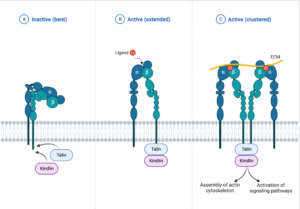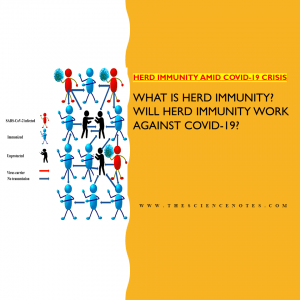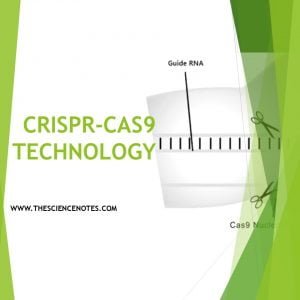
Digital Droplet PCR (ddPCR): Introduction, Principle, Steps, Instrumentation, and Advantages over qPCR
Discover ddPCR: Learn about its introduction, principles, steps, instrumentation, and advantages over qPCR. Read more
Your Trusted Source for Science Notes

Discover ddPCR: Learn about its introduction, principles, steps, instrumentation, and advantages over qPCR. Read more

Explore animal cell culture types, equipment, and best practices. Master this vital lab technique for scientific advancement. Read more

Learn how cell cycle is regulated in various stages by cell division through cell cycle checkpoints mechanisms. Read more

Explore signal transduction principles, stages, and types. Dive into cellular communication mechanisms to understand their vital roles. Read more

Learn about intracellular signal transduction by G protein-coupled receptor (GPCR) signaling, mechanism and their significance. Read more

Learn about Integrin signaling in detail in this review. The structure, signaling cascade, crosstalks and future directions. Read more

Learn about molecular chaperones their classes and their roles in protein folding in this comprehensive article. Read more

Explore the intricate world of hemoglobin structure, its confirmation processes, and its crucial role in oxygen transportation in the body. Read more

Learn about the significance of herd immunity in COVID-19 prevention strategies and its role in public health protection Read more

Explore the power of CRISPR-Cas9 technology, its applications, and recent breakthroughs in genome editing for revolutionary advancements. Read more